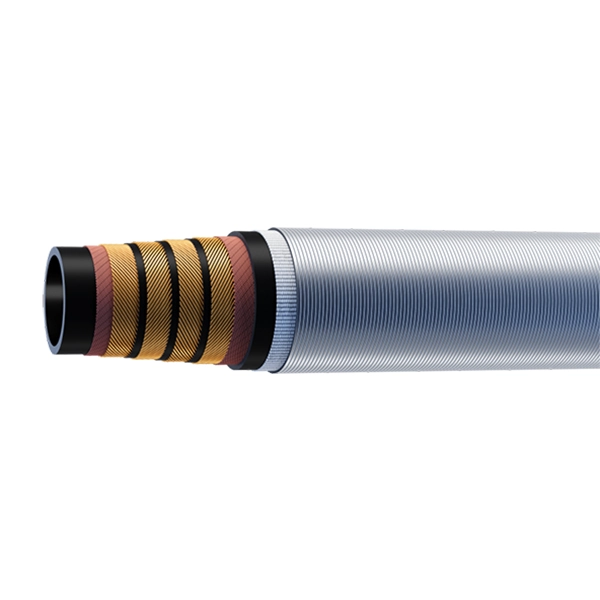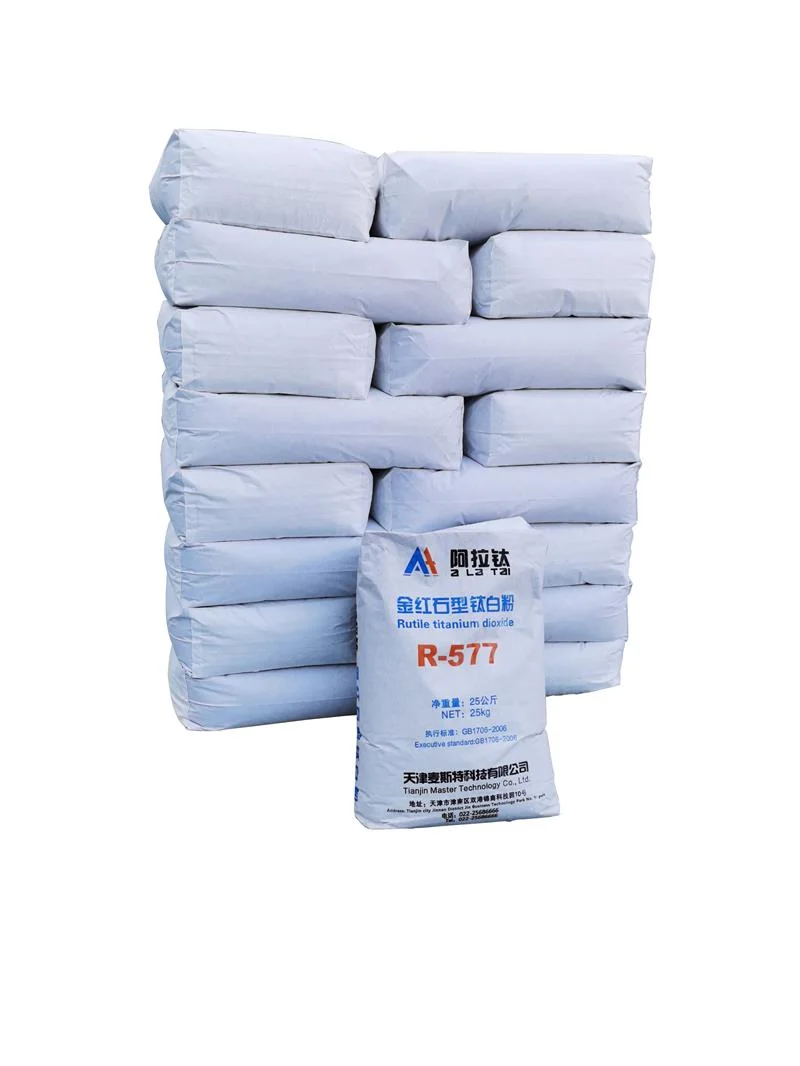What is the temperature range of hydraulic hoses?

Hydraulic hoses play a vital role in industrial and mobile hydraulic systems, transporting liquids and gases while withstanding the high pressures generated within the system. Temperature is an important operating parameter for hydraulic hoses that affects material selection, performance reliability, and hose life. Therefore, understanding and mastering the temperature range of hydraulic hoses is an important aspect of designing and maintaining hydraulic systems.
Temperature range of hydraulic hoses:
Hydraulic hoses must be able to maintain their functionality and integrity over a wide range of application temperatures. This temperature range is usually determined by the hose's material composition, manufacturing process, and final application requirements. In general, hydraulic hoses can be classified into the following categories based on temperature:
Standard temperature grade hoses: These hoses are suitable for general industrial and mobile applications, and their applicable temperatures are usually between -40°C and +100°C. This hose can handle the temperature requirements of most standard working conditions.
High-temperature grade hoses: In applications that need to withstand higher temperatures, such as certain chemical processes or hot oil applications, high-temperature grade hoses can be used at temperatures of up to +120°C, +150°C, or even higher. These hoses use special materials (such as fluoro rubber) and design structures to withstand extreme temperatures without compromising their performance.
Ultra-low temperature grade hose: Working in extremely cold environments, such as some refrigeration systems or polar exploration equipment, ultra-low temperature grade hoses can work normally, and their lower applicable temperature can be as low as -55°C or even lower. These hoses are usually made of special synthetic rubber or polyurethane, with excellent flexibility and cold resistance.
Impact of material selection on temperature range:
The temperature range of hydraulic hoses is closely related to the materials used in their construction. Here are several common materials and their impact on temperature range:
Natural rubber (NR): It has good mechanical properties and elasticity, but is sensitive to temperature and is suitable for a range of -40°C to +100°C.
Nitrile rubber (NBR): It has good wear resistance and oil resistance, and its applicable temperature range is -40°C to +120°C, making it the first choice for the petrochemical industry.
Fluororubber (FKM): It has excellent high temperature and chemical corrosion resistance, can work in a temperature range of -20°C to +200°C, and is suitable for high-temperature environments.
Silicone rubber: Stable over an extremely wide temperature range (-70°C to +200°C), it is often used in the aerospace and food industries.
Polyethylene (PE) and polyurethane (PU): These materials provide good wear resistance and flexibility, especially in low-temperature applications (-55°C to +90°C).
Effect of temperature on hydraulic hose performance:
Temperature has a significant effect on the performance of hydraulic hoses. Exceeding the recommended temperature range may cause the hose material to degrade, become brittle, or soften, which in turn affects the normal operation and safety of the system.

Risks in high-temperature conditions:
Material degradation: Prolonged exposure to excessively high temperatures will accelerate the aging process of the material.
Loss of elasticity: The material may soften, causing the hose to leak or crack.
Shrinkage/swelling: The material may physically shrink or expand, affecting the sealing of the connection and the overall structural integrity.
Risks in low-temperature conditions:
Reduced flexibility: In low-temperature conditions, the hose may lose its elasticity and become hardened and brittle.
Ice blocking: Residual liquid may freeze inside the hose, causing blockage or damage.
Cracking: The material may develop microscopic cracks in extremely cold environments, affecting its structure and function.
Properly understanding and selecting the right hydraulic hose is essential to ensure the safe and efficient operation of the system under various temperature conditions. When selecting a hose, users should consider the actual temperature range of the working environment and communicate with the manufacturer to ensure that the selected materials and designs can adapt to specific temperature requirements. In this way, users can optimize system performance, extend the service life of the hose, and avoid downtime and potential dangers caused by temperature-related problems. As a hydraulic hose OEM, we are well aware that hydraulic hoses need to withstand and adapt to different operating temperatures in various applications, so we use high-quality materials and cutting-edge technologies to ensure that our products can operate safely and efficiently regardless of the temperature environment.
www.tianyiindustry.com
Zaozhuang Tianyi Industry Co., Ltd.,
